Inroads into the plants of Mozambique 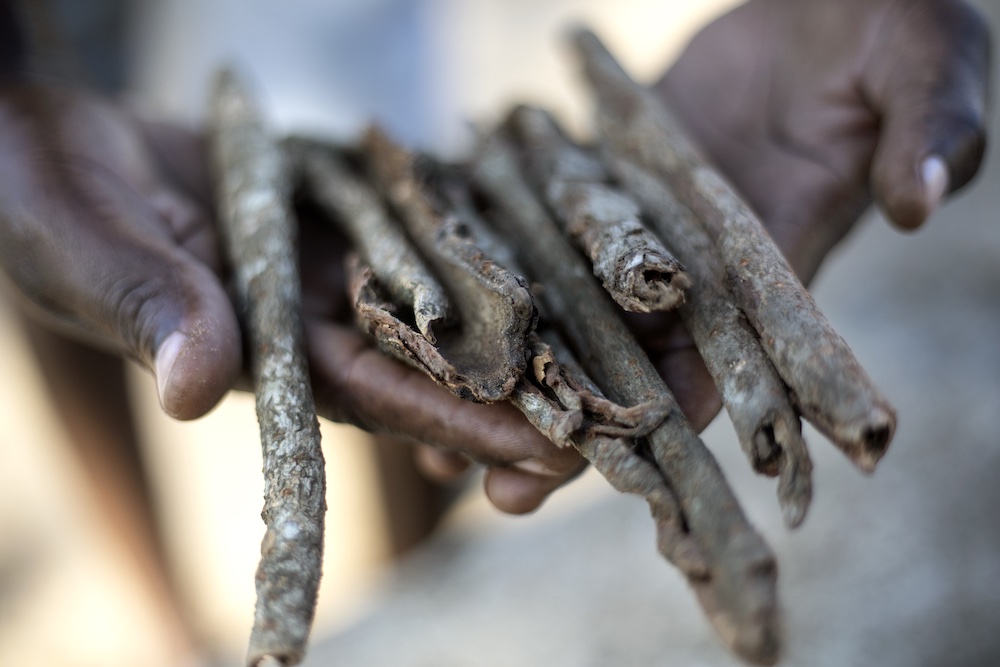
Environmental conservation and biodiversity protection are two key areas for development in Mozambique. The country has enormous potential in terms of natural resources and most of the population is directly dependent on biodiversity, natural resources and ecosystem services for their survival.
“The Italian Agency for Development Cooperation (AICS), through some interventions in the environmental sector, promotes an integrated and systemic approach to the management of natural resources, with particular attention to ecosystems (e.g., mangroves) that are particularly susceptible to anthropogenic activity and the effects of climate change”, explains Paolo Enrico Sertoli, the director of AICS Maputo.
The recent open access publication, An updated list of the vascular plants of Mozambique (Délcio Odorico et al., “PhytoKeys”, 189, 2022, pp. 61-80), takes on an important role by offering an updated list of the tracheophytes of Mozambique, summarizing data from relevant bibliographic sources, herbaria and authorized botanical databases.
The updated list is a guide for further botanical research and a key support for biodiversity conservation planning.
The update of the taxonomic classification – the biological and morphological attributes, geographical distribution, endemism, extinction risk and ethnobotanical information – was carried out by researchers from the Eduardo Mondlane University, together with experts from various institutions, such as La Sapienza University of Rome, within the framework of the AICS-funded SECOSUD II project, “Conservation and equitable use of biological diversity in the SADC region: from Geographic Information System (GIS) to Special Decision Support System”.
Advertising

In markets, it is increasingly difficult to find the roots of Warburgia salutaris, the Xibhaha, as it is called in southern Mozambique, in Ronga. Traditional doctors use its bark – like that of the pepper tree – to treat colds, respiratory diseases, fever, malaria, coughs and abdominal pains, among many other ailments. Xibhaha has always been one of the most widely used medicinal plants in southern Africa, but unfortunately it is now on the list of endangered plants.
The loss and degradation of natural habitats, because of recent population growth and increased pressure on ecosystems, are some of the main factors threatening Mozambique’s tracheophytes. In fact, data shows that the increasing trade and overuse of medicinal plants is causing an increasing risk. But, the past two decades have seen a significant increase in botanical expeditions, and Mozambique is now among the countries with the highest rate of discovery of new species in continental Africa.
Issue 74 Jul/Aug | Download.

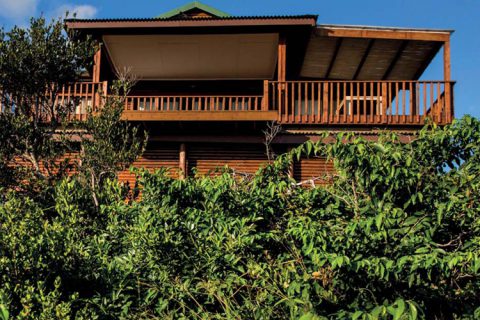






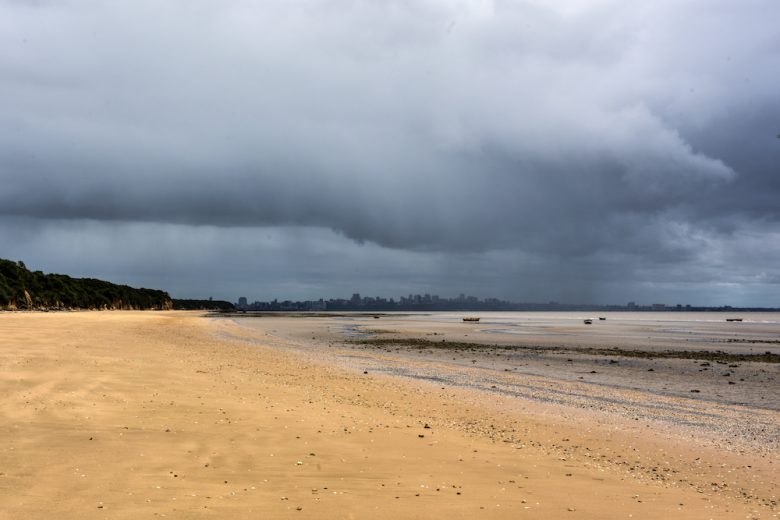














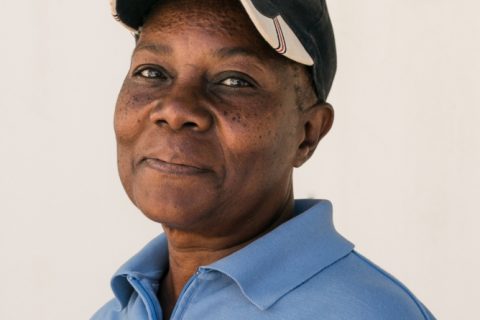



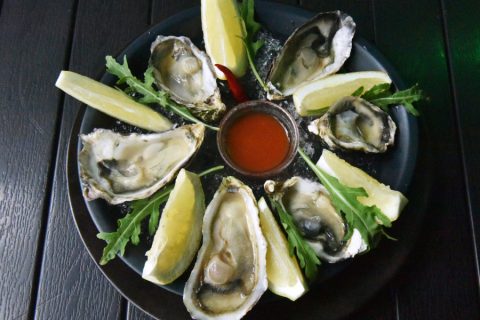

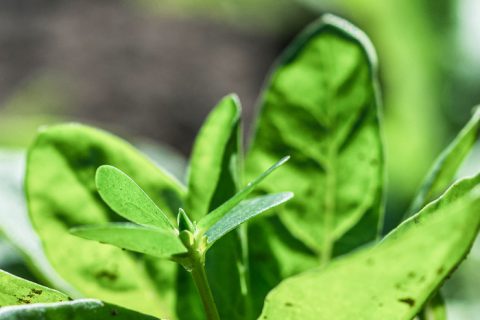
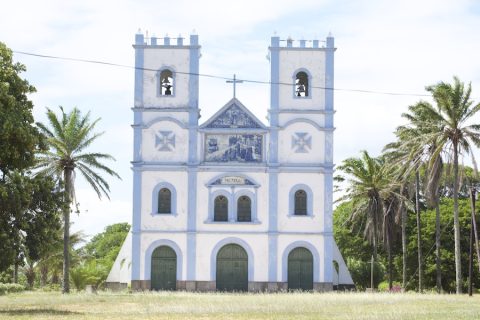
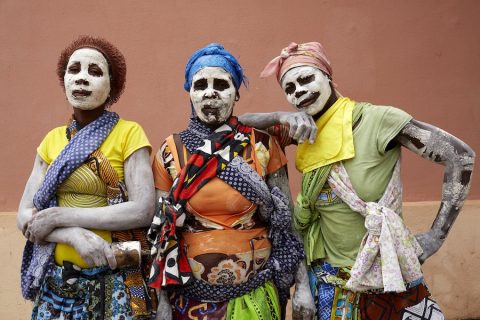



0 Comments